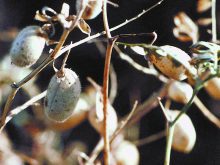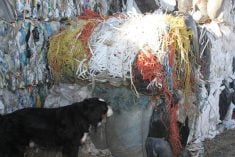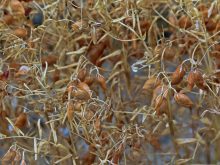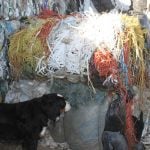Large increases in phosphate prices are forcing grain farmers to make difficult choices this spring.
They either can pay big bucks to apply the same inputs as usual or apply less and depend on phosphorus reserves in the soil to maintain yields.
Humphrey Banack, who farms near Round Hill, Alta., still hasn’t decided what he will do.
“Personally, I haven’t come to a decision yet,” said Banack, president of Wild Rose Agricultural Producers.
“When I set the drill I’ll decide if we’re going to go with the 20 to 25 pounds (per acre) of phosphate we typically run, or go to 15 and go to the (soil) bank.”
Read Also
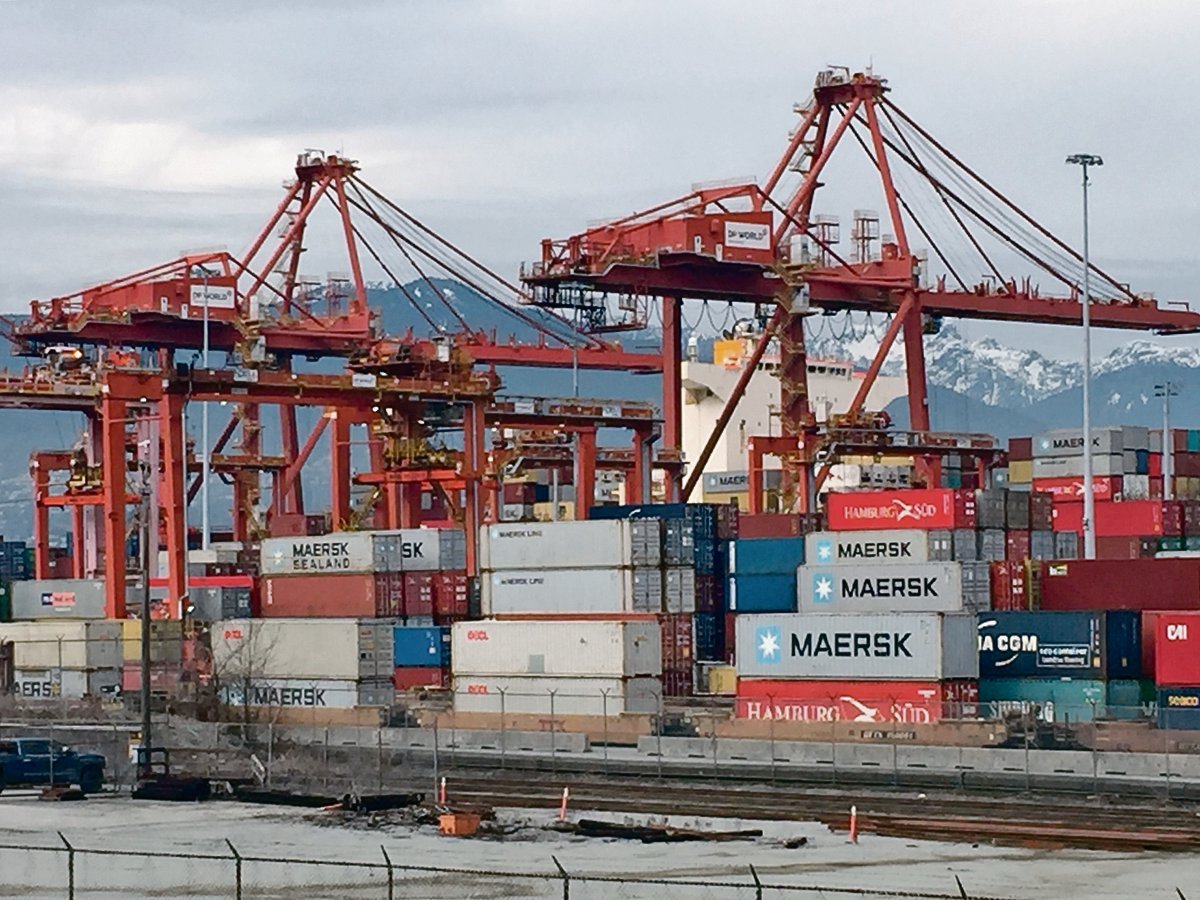
Message to provincial agriculture ministers: focus on international trade
International trade stakeholders said securing markets in the face of increasing protectionism should be the key priority for Canada’s agriculture ministers.
The price of dry phosphate has risen 96 percent, in the past year, according to a survey done by the Keystone Agricultural Producers. Dry 12-52-0 phosphate is now $1,210 per tonne, compared to $616 per tonne last spring.
The survey of Manitoba fertilizer dealers, released April 28, indicates prices for liquid phosphate have also soared. KAP calculated an average dealer price for liquid 10-34-0 was $825 per tonne for liquid last month, up significantly from $470 per tonne last year.
The KAP survey found much smaller increases in nitrogen prices – 10 percent for anhydrous and 12 percent for liquid nitrogen.
Banack said he was caught in a common trap this winter, deciding to delay his phosphate purchase when it was $900 per tonne.
“It can’t go up much more … it’s going to come down before spring,” said Banack, recalling his thinking.
Saskatchewan farmers are also seeking ways to dodge phosphate costs.
“There’s some alternatives, in regards to inoculants,” said Agricultural Producers Association of Saskatchewan president Glen Blakley, referring to a product called Jumpstart, which can help crops access phosphate stored in the soil.
“(But) there’s going to be some major cutbacks in the phosphate use.”
John Heard, a soil fertility specialist with Manitoba Agriculture, said producers who plan to reduce their phosphate input need to know what phosphorus reserves are in their soil and must think about when they will seed.
“If you’re seeding into a warm soil … then the roots grow quicker, they explore more soil quicker and the phosphorus that’s in the soil solution diffuses quicker,” he said.
However, tests on Manitoba soil indicate roots absorb only a third of the in-situ phosphorus when crops are planted in early May, when the soil is cold.
David Asbridge, economist with Doane Advisory Services in St. Louis, Missouri, said the reasons for high phosphate prices don’t originate in Western Canada.
“The demand outside North America is key here,” he said. “Go to Brazil (for example). They had 50 to 60 percent increase in imports of fertilizer products last year because they were growing more acreage for sugarcane, they grew more corn and they grew more soybeans.”
Meanwhile, phosphate and potash production has not kept pace with the escalating international demand, Asbridge said.
And most importantly, farmers have to realize there is a direct link between crop prices and fertilizer costs.
“For a farmer to say, ‘I can’t understand why my phosphate price has doubled,’ but he just accepts that his wheat price has doubled … it’s a little incongruent,” he said.




